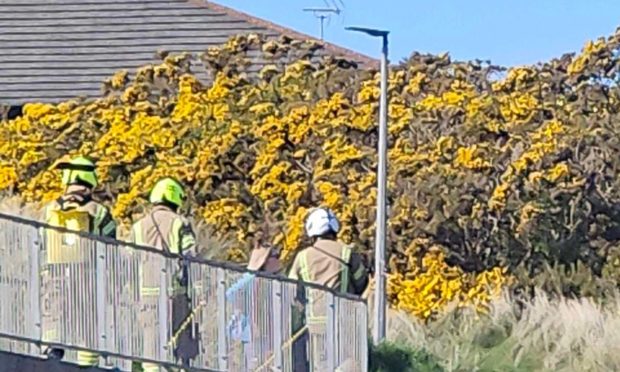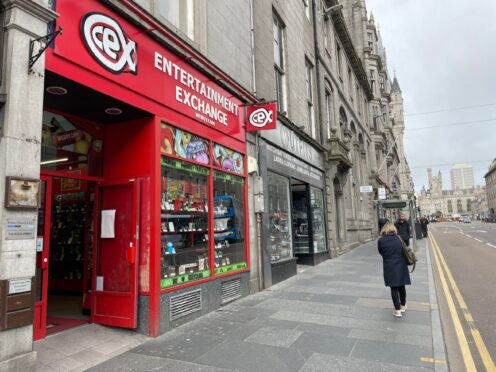The Post Office has rejected claims it is cutting the final payments for four north and north-east “hard to place” branches.
Thousands of branches have been modernised through the Network Transformation Programme which entitled postmasters to a 26-month exit payment, if and when, a replacement branch was found.
The restructuring was developed in response to a massive shift in the way people use Post Office services.
A total of 130 branches remain on a “hard to place” register when a replacement can not be found – most commonly those in a rural location or with declining footfall.
Among these are the post offices in Cruden Bay, Kingswells, Merkinch and Drumnadrochit.
Post Office has now written to all 130 remaining branches with three options for the future. Postmasters have been given six months to decide which option they prefer. 
The Kingswells Post Office is among the 130 “hard to place” branches. Image: Google Maps.
What are the three options?
- Postmasters can continue trading on their existing contracts including retaining the fixed remuneration payments, which are no longer available to other branches
- Convert to a new contract on a variable remuneration with an upfront payment worth 12 months of pay and investment to modernise their branch
- Leave the network with a 12-month exit payment
The National Federation of SubPostmasters (NFSP) has criticised Post Office for “cutting postmaster’s leaving payments by more than half” in some cases – and have questioned where the allocated money has gone.
However, if a replacement branch can be found, the postmasters will still receive the 26-month payment.
‘Limited funds’
Post Office has said it recognises this will be a “difficult time” for postmasters but it needs to use its limited funds to prioritise maintaining access in the areas customers need it the most.
A Post Office spokesman said: “Following a programme that first started over a decade ago, there are around 130 Post Offices, out of a network of over 11,500 branches today, that constitute a hard to place branch.
“Under the programme’s arrangements, agreed with the government of the time, postmasters who wanted to leave the network were only entitled to an exit payment if and when a replacement branch was found.
“We have endeavoured to keep these postmasters updated with regards to their options for remaining or leaving their role as a postmaster.
“We have asked these 130 postmasters to tell us how they would like to proceed with regards to their Post Office and have dedicated colleagues able to support and provide advice on their options.”
Criticism from NFSP
NFSP has argued that many postmasters will feel “forced” to agree to a 12-month payment option.
They claim it is “morally wrong” and may leave people with “very little” remaining after they pay tax, leases or mortgages.
The NSFP state: “Many of the subpostmasters are past the state retirement age and/or have underlying health issues. Yet, they continue to keep their offices open, serving their community while waiting, in vain, for someone to take over the business.
“The NFSP believes that this decision is morally wrong, as it may deprive many colleagues, of funds to ease their financial position through retirement.”












Conversation